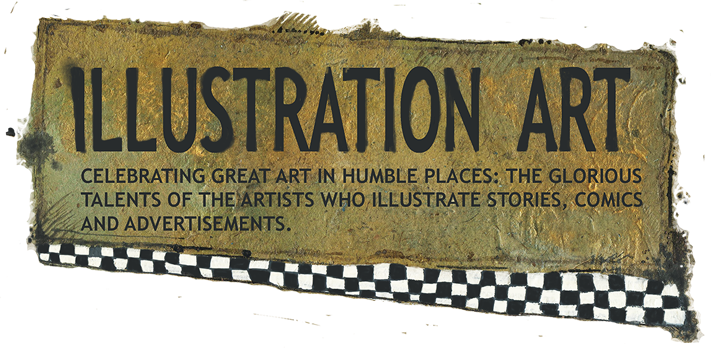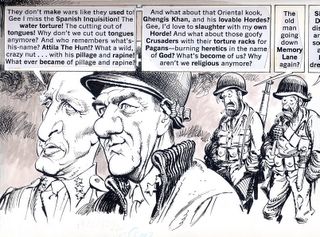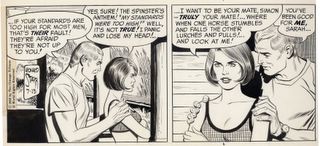

Medieval artists painted illuminated manuscripts by crushing precious stones such as lapis lazuli or malachite into their pigments and working with gold leaf. The result was radiant little miniature paintings, unsurpassed for color and intensity. In the 20th century, an illustrator named Arthur Szyk (1894-1951)carried on the tradition, creating lovely miniature paintings with exquisite skill.



Szyk painted on a tiny scale, with the precision of a watchmaker. For example, the original of the following portrait of Simon Bolivar is a mere 4.25" x 5.75":

Szyk was born in Poland and gained early fame as an illustrator. He mostly painted scenes from history and from the Bible. A gentle, diminutive, bookish man, he moved to America shortly before the outbreak of World War II. However, his 70 year old was mother was hauled away by the Nazis and murdered in a concentration camp. Szyk turned all of his talents to fighting fascism with his art. He created biting caricatures and political cartoons of the Nazis in books and magazines of the day. He was so effective that Hitler put a price on Szyk's head.


Szyk was tireless in his efforts against fascism on behalf of freedom, and became a patriotic American citizen in 1948, illuminating the Declaration of Independence and other American icons...

It is especially ironic then that a few years later, at the height of McCarthyism, the House Un-American Activities Committee began investigating Szyk who they suspected of being a member of an organization that they believed served as a "Communist front." The distraught Szyk protested that he was not connected with any Communist organization, but a few months after the investigation began he died of a heart attack at age 57.
Today there is an Arthur Szyk Society that focuses on Szyk's message of freedom, democracy and tolerance.













































